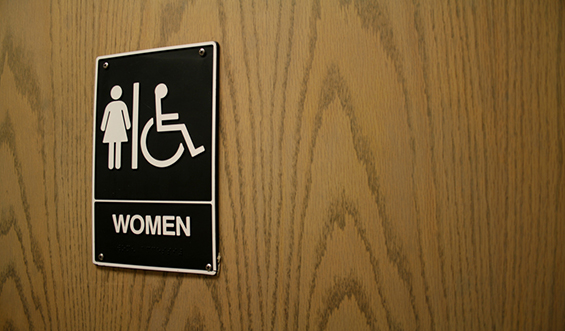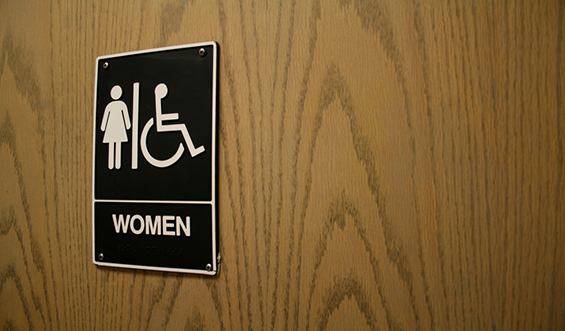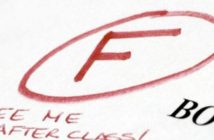 (Photo: Flickr, Creative Commons)
(Photo: Flickr, Creative Commons)
The New York City Department of Education has announced a pilot program that will provide free tampons to 25 middle and high schools in the city. The program will benefit students who live in mostly low-income neighborhoods. Dispensers for the young women’s sanitary products will be installed in school bathrooms and will cost the NYC Department of Education $160,000, reports Casey Quinlan of ThinkProgress.
Along with the pilot program, Queens Councilwoman Julissa Ferreras-Copeland is behind a law that would dispense free tampons in all city school bathrooms. Ferreras-Copeland stated that it was necessary that students have no restrictions on obtaining feminine hygiene products.
“Girls in these districts face the greatest financial hardships,” Ferreras-Copeland said. “I want to ensure none of them lose class time, face illness or feel humiliated because their family cannot afford pads.”
The councilwoman said online that free condoms are available at high schools and middle schools, but feminine care products for woman are rare.
The expanded access to sanitary products comes as a result of campaigns, legislation, and lawsuits concerning tampon sales taxes. There are only a handful of states that do not tax feminine hygiene products, and government assistance programs rarely subsidize low-income women’s feminine care items.
Earlier in the month, five women sued the New York State Department of Taxation and Finance, charging that taxing tampons created a double standard for women and men and has no reason for being except to discriminate against females.
If the policy is changed, it could cost the city $14 million in revenue. Virginia, New York, and Utah have legislation pending on this same policy.
Refinery 29′s Sara Coughlin quotes Ferreras-Copeland, who said the policy would prevent students from being self-conscious about their menstrual cycles. Although other schools offer free products through the nurse’s office, the dispensers would help girls feel more confident and calmer about having access to these products in a more discreet way.
When the program is in full swing by March 31, it will be serving approximately 11,600 students. The first dispensers were placed in middle and high schools in District 24 in Queens and District 9 in the Bronx. These two districts were chosen by Ferreras-Copeland because girls in these schools struggle against the most severe financial hardships, writes Ben Chapman of the New York Daily News.
Ferreras-Copeland says girls can face illness when they do not have access to tampons or pads. Using anything else when no feminine products are available can introduce unsanitary bacteria to a woman’s body.
Emma Whitford, writing for Gothamist, reports that Nancy Kramer of the organization Free the Tampons stated that when men walk into their bathrooms, they have anything they need to attend to their bodily functions. She added that women do not.
Tracie Egan Morrissey of Jezebel reports that it costs more money in general for women to attend to their bodies than the amount men have to fork out for their personal care.
Accounting for birth control, tampons, PMS remedies, Pap Smears and yeast infection medications, just being a woman costs roughly $2,663.02 a year.




